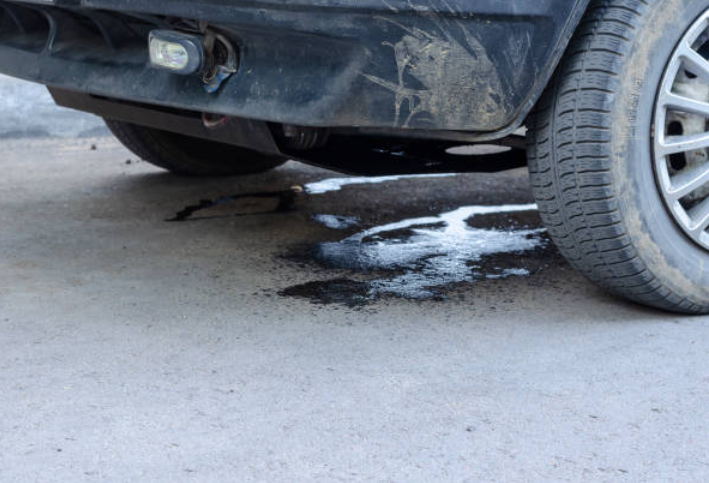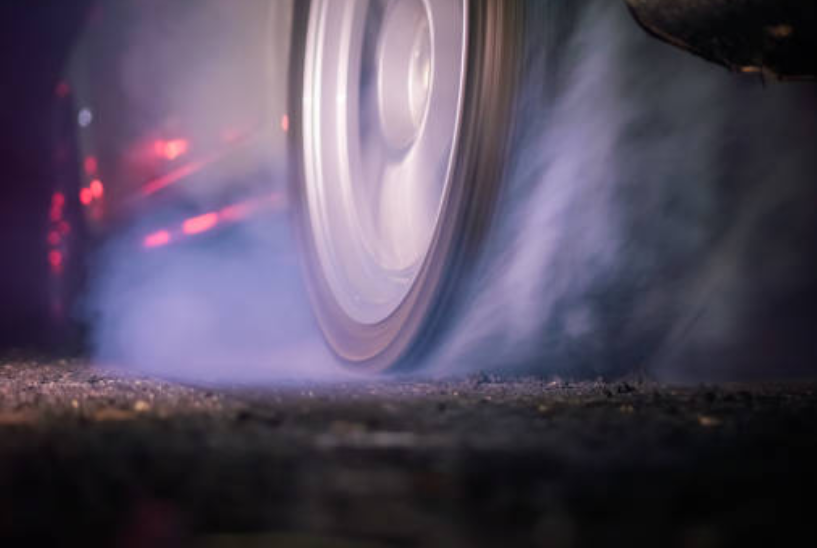How to Tune a Carburetor
Discover how to fine-tune your carburetor with our detailed guide on how to adjust it for accuracy. Learn from the experts how to check and change the fuel-air ratio and the idle speed for optimal performance. Follow our easy steps and tips to troubleshoot any issues and make your engine run smoothly. Become a master of carburetor tuning and boost your power, efficiency, and confidence on the road!

What is The Carburettors?
A carburetor is a device that mixes air and fuel in the right proportion for combustion in an internal combustion engine. It consists of a throttle valve that controls the amount of air entering the engine, a venturi that creates a low-pressure area to draw fuel from the fuel bowl, and a metering system that regulates the fuel flow according to the engine speed and load.
Carburetors are used by some small engines and motorcycles, but they have been largely replaced by fuel injection systems for cars and trucks. Tuning a carburetor is the process of adjusting its settings to optimize the engine performance, fuel economy, and emissions.

Step 1: Fuel Pressure
Fuel pressure affects carburetor performance. High pressure causes flooding and rich mixture. Low pressure causes lean mixture and poor performance.
To adjust fuel pressure, use a gauge and a regulator. Connect the gauge to the fuel line near the carburetor. Read the pressure. It should be 5 to 7 psi. If not, adjust the regulator.
Step 2: Float Level
Float level is the fuel height in the fuel bowl. It affects fuel delivery and mixture ratio. High level causes rich mixture, flooding, and fuel leakage. Low level causes lean mixture, hesitation, and bogging.
To adjust float level, use a screwdriver and a ruler. Remove the air filter and the carburetor top. Turn the carburetor upside down. Measure the distance between the float and the fuel bowl. It should be 1/4 to 1/2 inch. If not, bend the float tab.
Step 3: Idle Mixture
Idle mixture is the fuel and air ratio at idle speed. It affects idle quality, emissions, and fuel economy. Rich mixture causes black smoke, rough idle, and carbon deposits. Lean mixture causes surging, stalling, and backfiring.
To adjust idle mixture, use a screwdriver and a tachometer. Start the engine and warm it up. Find the idle mixture screws on the carburetor front. Turn them clockwise to lean the mixture and counterclockwise to richen it. Adjust the screws for the highest idle speed. Then, turn them back 1/4 turn.
Step 4: Power Valve
Power valve enriches the mixture when the engine needs more power. It opens when the intake manifold vacuum drops. It affects acceleration, power, and emissions. Large power valve causes rich mixture, black smoke, and spark plug fouling. Small power valve causes lean mixture, hesitation, and detonation.
To replace power valve, use a screwdriver and a new power valve. Remove the fuel bowl from the carburetor. Check the power valve. If damaged or leaking, replace it. The power valve size is on its face. It should be half of the idle vacuum. For example, if the idle vacuum is 10 inches of mercury, the power valve size should be 5.
Step 5: Secondary Throttle
Secondary throttle opens the secondary venturi and fuel circuit. It provides more air and fuel when the engine needs more power. It affects power, fuel economy, and drivability. Early opening causes bogging, hesitation, and poor fuel economy. Late opening causes lack of power, sluggishness, and poor performance.
To adjust secondary throttle, use a screwdriver and a vacuum gauge. Connect the gauge to the secondary vacuum port on the carburetor. Start the engine and rev it up to 3000 rpm. Watch the gauge and note the secondary throttle opening. It should be 6 to 8 inches of mercury. If not, adjust the linkage or the spring.
-
Can I tune a carburetor for better performance without violating emissions regulations?
Certainly, you can boost performance while adhering to emission regulations.
-
How long does it take to tune a carburetor?
The duration required fluctuates depending on experience, engine intricacy, and the scope of adjustments needed. Allocate a few hours to guarantee a comprehensive tuning process.
Read another article here: Top 10 Paint Rollers For Your Perfect Finish





.png)





